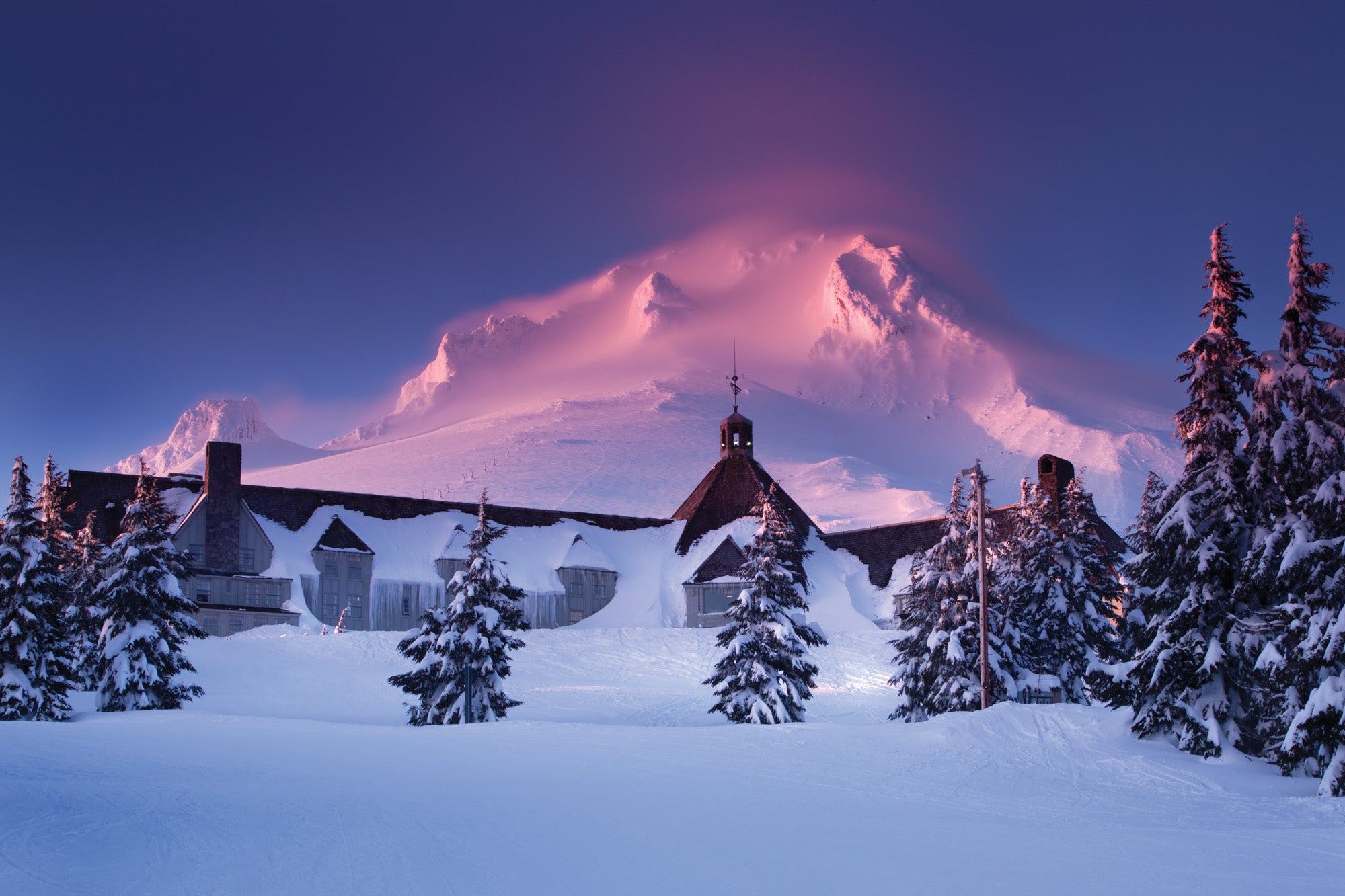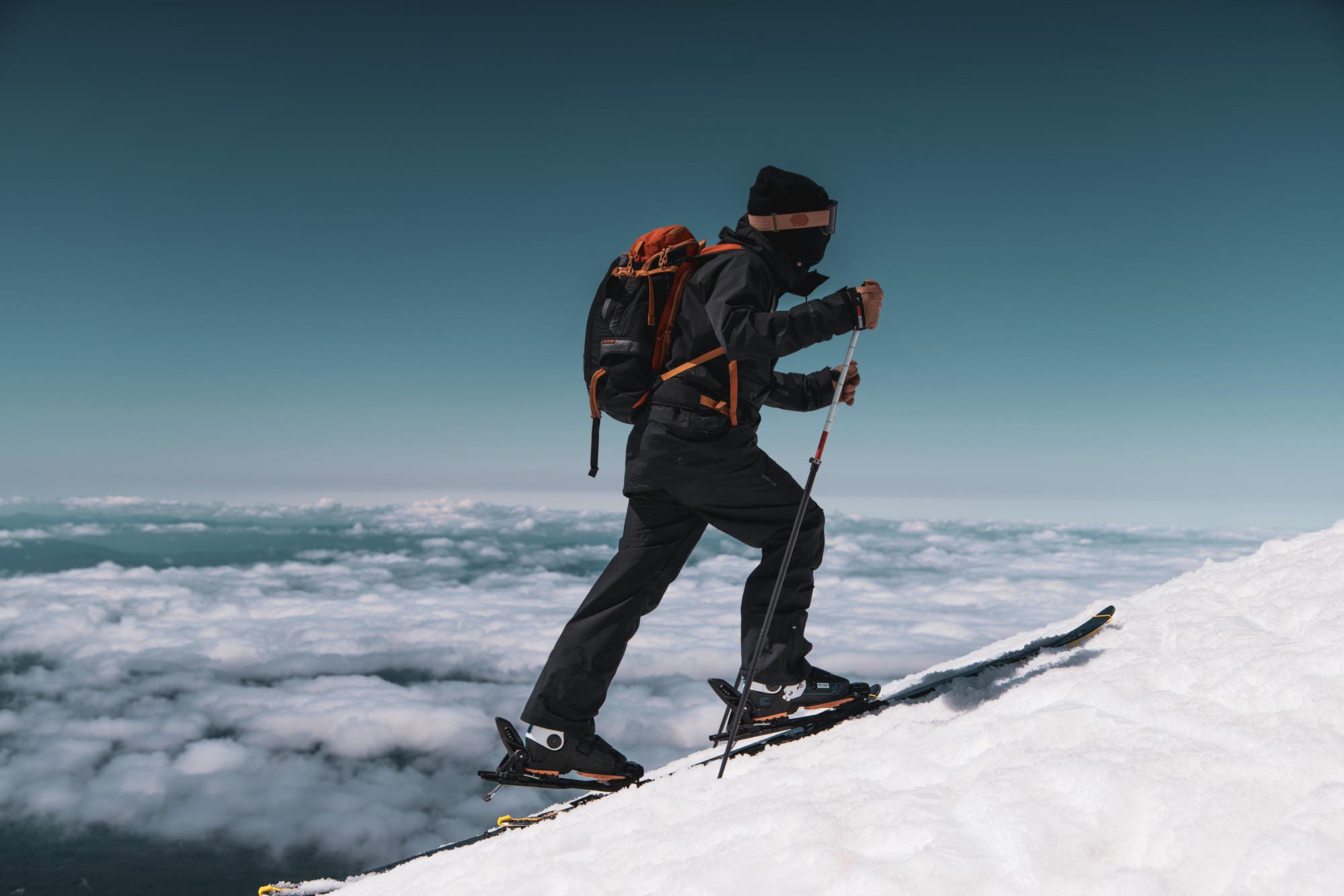Volcanic Fun

Photo courtesy of Timberline Lodge
Volcanoes are great for learning how to backcountry ski. As the trail climbs, the terrain steepens from green-run mellow to black-diamond level and beyond. This makes it easy for everyone to find an ideal turn-around spot relative to ability and fitness. Adding a chairlift to expedite access makes things even better, which is why Oregon’s Timberline Lodge might be the best place in the Pacific Northwest for all levels of backcountry enthusiasts.

During spring and summer operations, skiers can skip the long approach from the iconic lodge with the purchase of a day lift ticket. After riding the Magic Mile and Palmer chairlifts, follow a beaten skin track on the glacier above the Palmer lift up to the broken crater (the climbing after that warrants crampons and ice axes). Return the way you came: The snow above the lifts usually stays cooler longer, providing ideal corn to lap midday when the lower trails have gone to slush. Be sure to get more skiing in via the lifts after completing your tour; no sense in letting that day ticket go to waste.
Related: Tested in Oregon

Mt. Hood By the Numbers:
- Elevation at the top of Palmer Chair: 8,540 ft.
- Mt. Hood Summit Elevation: 11,245 ft.
- Vertical Descent (Summit to Lodge): 5,100 ft.
Know Before You Go: Backcountry skiing is significantly more dangerous than resort skiing. Make sure you have a partner, plan, avalanche emergency equipment, and knowledge before venturing beyond the ropes.
- Hire a guide
- Find an avalanche course near you
- Education near Mt. Hood: Mountain Savvy
This article originally appeared in the November 2020 print edition of SKI Magazine.
More Backcountry
How to Start Backcountry Skiing Successfully
When Sketchy Met Shaky
Backcountry Rescue Devices Explained